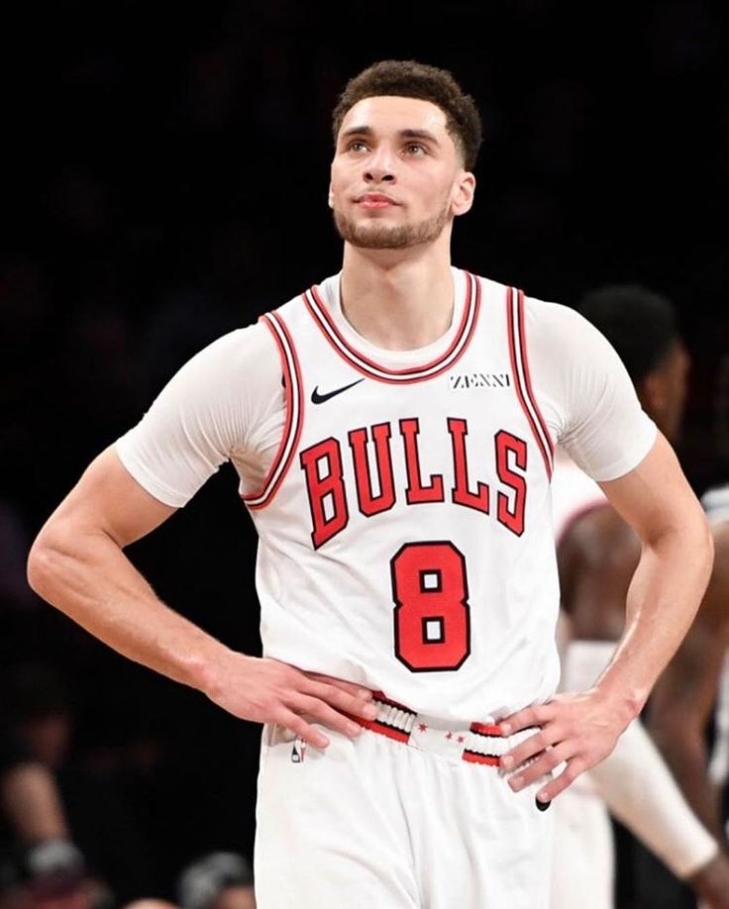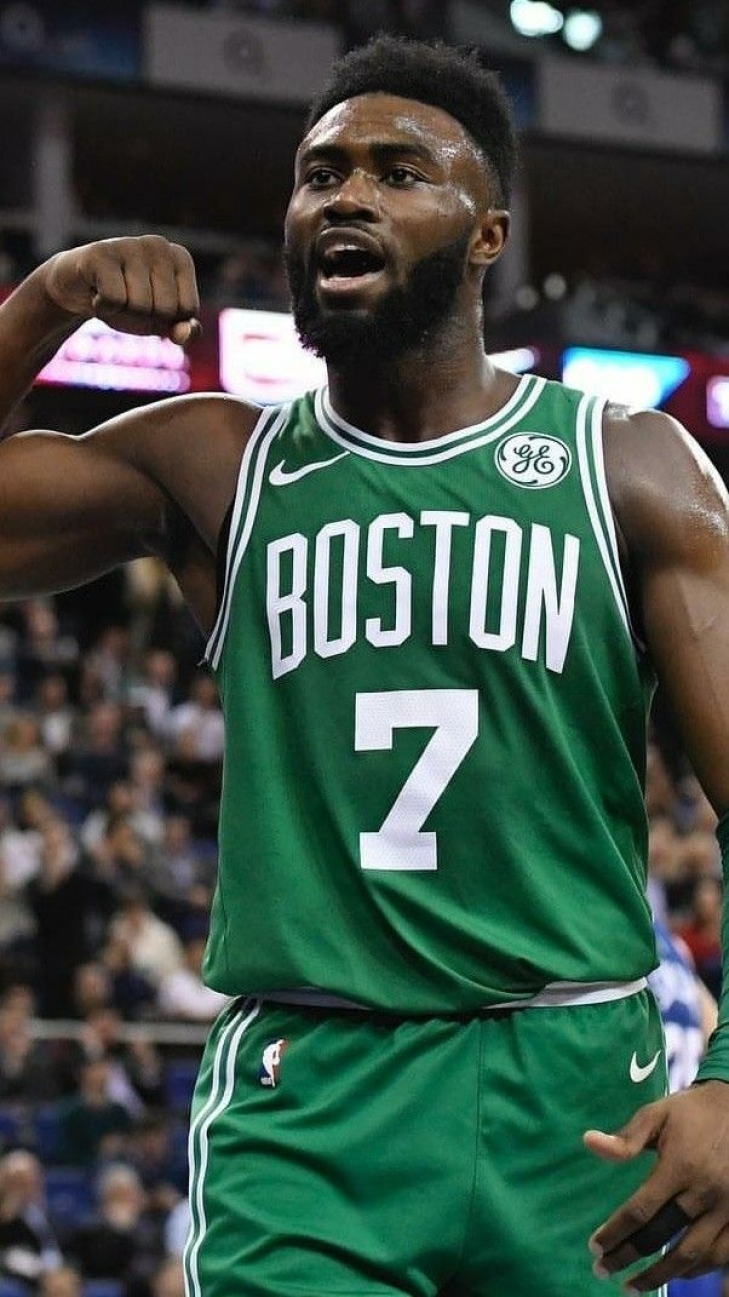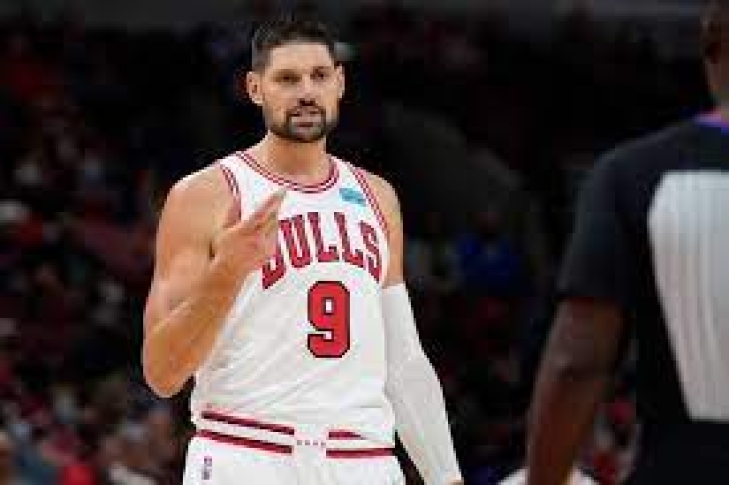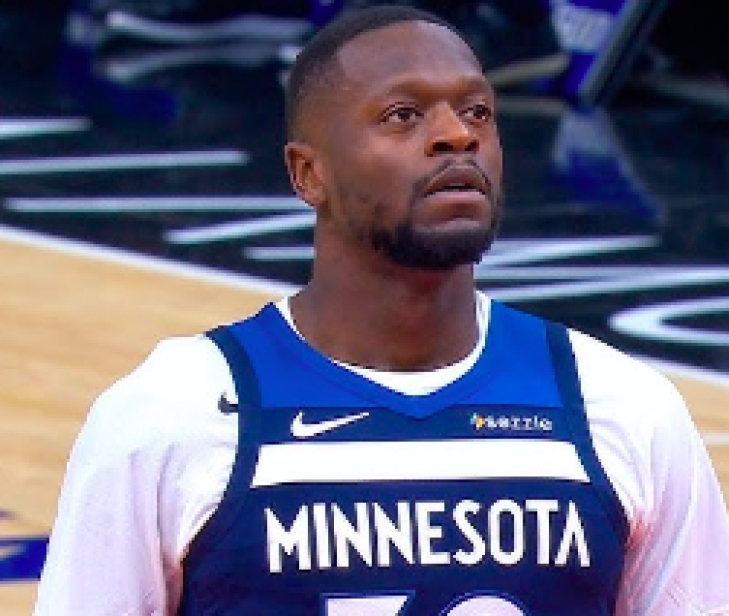
Committee Chairman
45. Zach LaVine, Chicago Bulls, #7 Shooting Guard
Pre-2023-24 Rank #49.
Positional Notes: LaVIne has also played at Small Forward and Point Guard.
Peak Period: From 2017-18 to 2023-24. LaVine is still in his Peak Period.
Zach LaVine has done well with the Chicago Bulls thus far, appearing in two All-Star Games and posting five consecutive 23-plus PPG years, but the Bulls have not done much with him there. Last year, he was injured for a good part of it, and as he approaches 30, he is running out of time to alter the narrative.
#34. Jaylen Brown, Boston Celtics, #7 Small Forwards
Pre-2023-24 Rank: #46.
Positional Notes: Brown has also played considerable time as a Shooting Guard.
Peak Period: From 2017-18 to 2023-24. Brown’s continued growth should see him extend his Peak Period.
We said earlier that Jayson Tatum was the best player on the Boston Celtics team that won the 2024 NBA Championship, but Jaylen Brown was named the Eastern Conference Final and NBA Finals MVP. Tatum was named to his third All-Star Game and was arguably snubbed for a Third-Team All-NBA, adding to the increasing chip on his shoulder.
This season could be explosive for Brown and the Celtics.
#44. Nikola Vucevic, Chicago Bulls, #11 Centers
Pre-2023-24 Rank: #45.
Peak Period: From 2014-15 to 2020-21
The union with DeMar DeRozan and Zach LaVine did not generate a playoff series win in Chicago, but Nikola Vucevic remains in the Windy City, and DeRozan has now departed. A two-time All-Star is closing in on 35 and the frustration has to be setting in as he has only played in 16 Playoff Games in 13 NBA Seasons.
The Hall of Fame is looking further and further away, and it will be a shame how forgotten his career might become.
#33. Julius Randle, Minnesota Timberwolves, #5 Power Forwards
Pre-2023-24 Rank: #44.
Peak Period: From 2017-18 to 2023-24. Randle should still be in his Peak Period at season’s end.
Julius Randle’s career took off in his seventh NBA season when the Power Forward was a Second Team All-NBA and Most Improved Player of the Year in what was his second year with the Knicks. Randle was an All-Star three times on New York, but with the emergence of Jalen Brunson, the Knicks shuffled the deck and traded him to Minnesota for Karl-Anthony Towns.
As we wrote for Towns, this is a boom or bust campaign, as this will set the tone for any possible Hall of Fame run.





